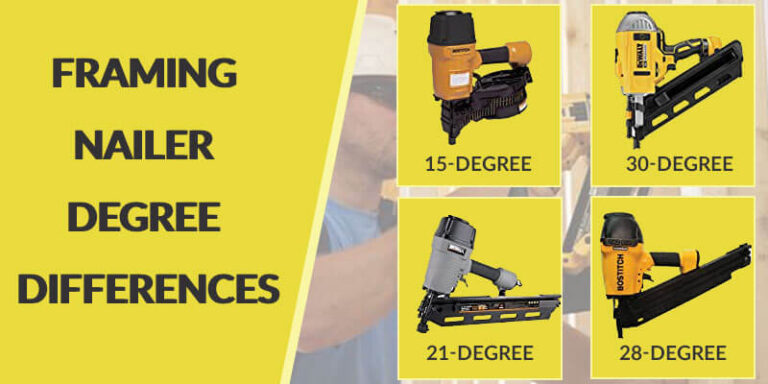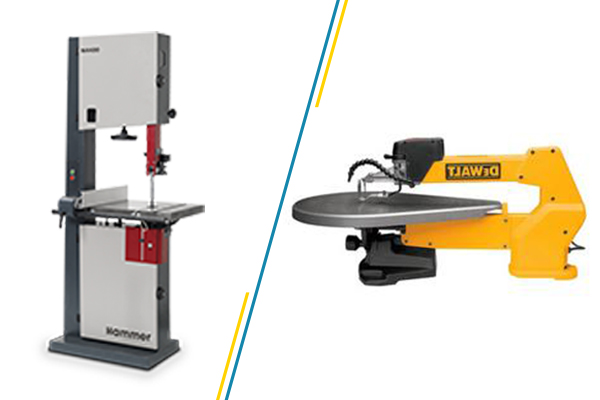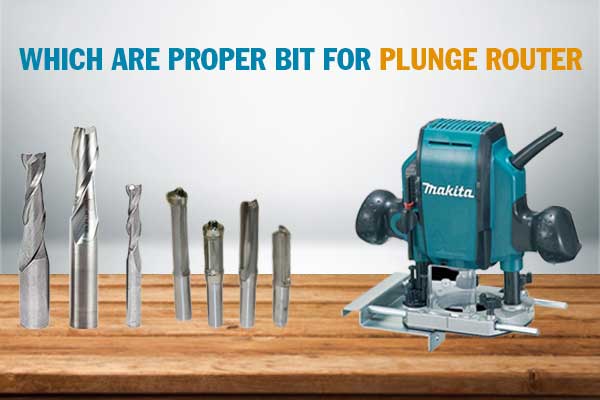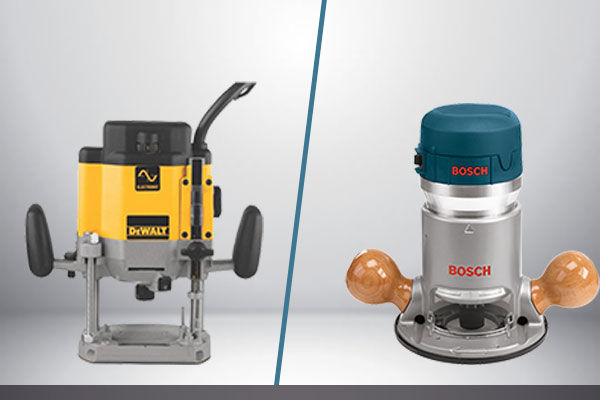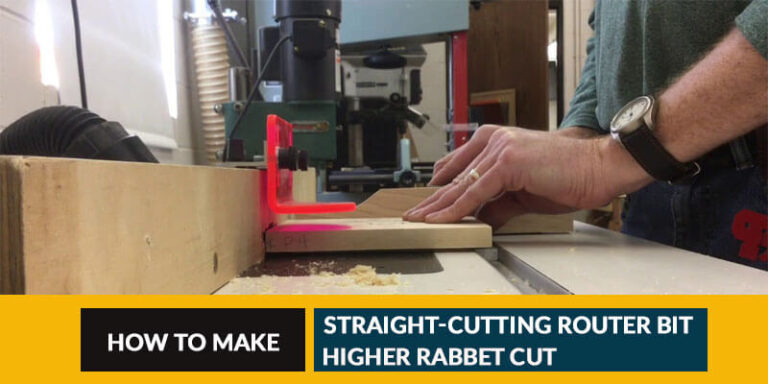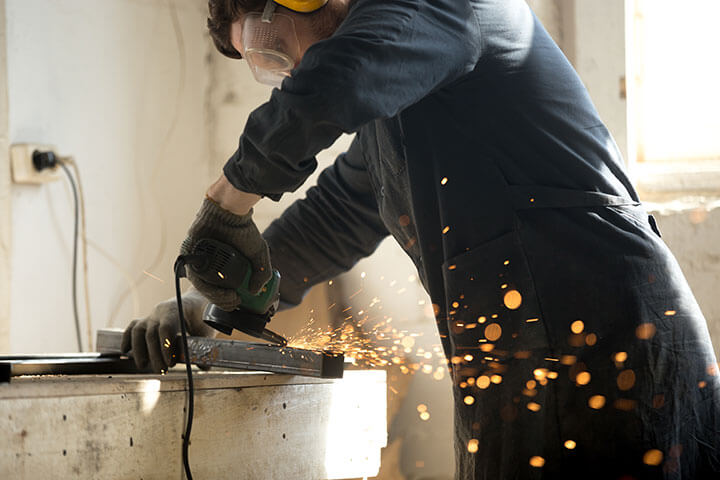5 Types of Table Saws: What to Choose For Your Woodworking Project
Now that we are all counting our days for the quarantine to end, it is a great time to focus on some home improvement. You can perhaps take some time to tinker with some wood lying around in the house, trying to build something with your own hands. Woodworking is a valuable skill to hone during these idle times when many essential services have limited availability. There are various types of table saws you may found for your woodworking job. Whether you are trying to make a little birdhouse, a bench or a full-fledged closet, you will be needing some good quality equipment to help you in your task. A table saw functions as an efficient cutting tool for heavy duty woodworking. If you learn about the types of table saws before delving into your project, it can help you to pick what serves your purpose best. Before you get started, let us look at the different types of table saws with pictures, used by amateurs and professionals alike.
Portable or Stationary Table Saw?
When it is time to decide what type of table saw will suit you best, some obvious things to think about are the table saw weight, function, and accuracy. Depending on your needs of either keeping it in one place or carrying it around, there are stationary and portable table saws.
Portable table saws are pretty self-explanatory; they are smaller in size, lightweight and therefore easy to carry to any place you want. However, it may be difficult to do certain things with the portable saw that you can otherwise accomplish with a stationary one. They are, first of all, not as powerful. They only produce up to 2hp power with 120V motors and 15-amp direct drive. Hence, they also do not cut with the same precision. If you are an amateur or consider yourself helpful around the house only, portable saws can be your perfect fit.
Stationary table saws are built for heavy duty work, precision and accuracy. They are also very heavy and sturdily built, hence if you really want to carry them on site, you most definitely need a vehicle or an extra pair of hands. Another option is to mount it onto a mobile base so that it can have some limited mobility around your workshop. Their tables are usually made of heavy cast iron, but granite or aluminum tabletops are not uncommon either. Their power sources are belt drive motors. The measurements of a stationary saw are usually 27×20 inches that come with 10×12 inch extension tables. These types of table saws are best used by professionals.
Now that we are done with some basic table saw definitions, we can move on to the sub-categories for each kind.
Portable Table Saw Types
-
Benchtop Table Saws
The name suggests that this type of table saw must be kept on top of a bench, but what for? This is because benchtop saws do not have any attached stands, so it needs to be upon a surface such as a log or a bench to provide support while cutting. They weigh only about 50 pounds and hence are easy to carry. However, these saws are not as durable as some others on the list as they are made of less sturdy materials such as aluminum or plastic. Besides, they do not come with as many parts as say, a jobsite saw. While using one of these, you might find the fence feeling cheap and feel a bit of discomfort with their rip capacity because of the small table surface. They can be use for small crafts like making a birdhouse, make household furniture like the occasional coffee table or chair and for some light construction. Overall, this is a good saw to have for occasional home improvement, small jobs or as hobby equipment, but we would not recommend this for heavy-duty professional work.
-
Jobsite Saws
These saws are wonderful for daily professional use. They are designed for some rough handling, hence jobsite saws are pretty durable. Due to the table saw weight, they are still fairly portable, and one might find the best of both worlds in a jobsite saw. There are wheels attached to them so that one can move them around, but we would not recommend lifting as they are still quite heavy. Unlike benchtop saws, these saws have a larger table and hence greater rip capacity. You are going to feel great about the fence as it is made of sturdier materials. Most importantly, this table saw functions to give better cuts. With these saws you can easily make some good quality furniture, cabinets, small jobs and even work on house construction. A few standard add-ons come with these such as collection ports and riving knives. If you are a homeowner who is more experienced with woodwork or has a lot to mend around the house, you may choose this. However, these are designed for professionals at the end of the day.
Stationary Table Saw Types
-
Cabinet Saws
Specialized for industrial use, these saws come fully enclosed in sturdy cabinets. Due to the quality and accuracy, it offers, hence the price is also on the higher end of things. It also weighs over 500 pounds, hence all the wood has to be brought to this behemoth. Their motors generate as much as 5hp and run on 240V, which is the highest in the market. The table size is huge and hence can cut through almost any surface of any size. Their miter gauges and fences are extremely well made; hence cabinet saws ensure accuracy. Cabinet saws are used for larger construction projects such as making wooden cartons, doors, etc., so they are best used at factories, industries and workshops as they need huge storage space.
-
Contractor Saws
A contractor table saw is designed for professionals who take up heavy-duty jobs almost daily. However, they are definitely a downgrade from the cabinet saw in terms of table saw weight, size and power. Sometimes the names of contractor and jobsite saws are used interchangeably, but contractor saws are a step above the former. Their motors and belts are bigger; hence they weight around 300 pounds. By contractor table saw definition, it is a stationary saw so there is no moving it. This type of saw is ideal for ripping large pieces of wood as the table area is larger than a jobsite saw. Consider getting such a saw if you are an independent woodworking professional and do not have to carry this to the site. These are great for carpentry, home jobs and medium-sized construction work.
-
Hybrid Saws
Hybrid table saws combine the qualities of the contractor saw and the cabinet saw effectively. The price is similar to a contractor saw, but it comes with a few upgrades. They have somewhat more power, larger table surface, better fences and better-quality parts such as a dust collection system. Both aspiring homeowners and professional contractors can use these saws, as they promise functionality at a great price. As they can tackle larger pieces of wood, they can be used for construction, carpentry, and larger home jobs.
Conclusion
It is therefore very important to know what types of table saws serve your purpose best. There is a saw available in the market for every type of job you are planning to do, depending on its scale and size. We hope that this list of table saw categories according to weight, features, and function will help you narrow down what you need before you get busy with a woodworking project this season.

